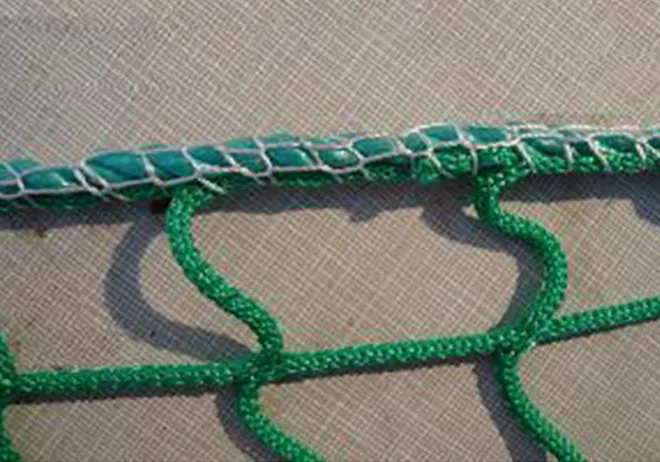what does overlock stitch look like
Understanding Overlock Stitch What Does It Look Like?
Overlock stitching is an essential technique in the world of sewing, especially in the realms of garment construction and fabric finishing. This method serves not just for decorative purposes but functions as a vital means of enhancing the durability and professional appearance of seams. But what exactly does an overlock stitch look like, and how does it differ from other types of stitches?
At first glance, an overlock stitch is distinctive due to its characteristic appearance. Unlike a standard straight stitch or zigzag stitch, an overlock stitch typically encompasses multiple threads working concurrently. This multi-thread system is responsible for its signature look—often appearing as a series of loops and interlocks that encase the raw edges of the fabric. The primary job of the overlock stitch is to prevent fraying and unraveling, a common issue in woven and knit fabrics.
Understanding Overlock Stitch What Does It Look Like?
The typical appearance of an overlock stitch consists of two main components the upper and lower threads. The upper thread forms a series of loops over the edge of the fabric, creating a neat and secure finish. In contrast, the lower thread works underneath to provide additional strength and stability. When looking at an overlocked seam, you might see three to five different threads working together, depending on the specific stitch configuration used. Each of these threads contributes to the overall structure and durability of the seam.
what does overlock stitch look like

In terms of fabric, overlocked seams are commonly seen in garments such as t-shirts, sweatshirts, and stretchy clothing. The stitch accommodates the stretchiness of knit fabrics effectively, allowing garments to retain their shape without compromising on comfort. Unlike traditional straight stitches that can break under tension, the overlock stitch's unique construction provides flexibility, making it ideal for activewear and fitted garments.
One interesting aspect of overlock stitching is versatility. Different types of overlock stitches can be employed to create specific effects or meet unique sewing needs. For instance, a four-thread overlock stitch is widely used for general garment construction, providing both strength and a pleasing finish. Meanwhile, a rolled hem, which is also created using an overlock machine, results in a narrow, delicate edge perfect for lightweight fabrics.
Another point to consider is the color choices available for overlock threads. Many crafters and professional seamstresses choose to use contrasting thread colors for decorative purposes, allowing the overlock stitching to become a design element of the garment. This can add an artistic flair or just serve as a subtle touch of elegance, depending on the design intention.
In conclusion, understanding what an overlock stitch looks like not only enhances a sewist's knowledge but also broadens their technical skillset. This definition not only encompasses the stitch's physical characteristics but also highlights its importance in producing durable, high-quality finished garments. Whether you're a seasoned professional or a beginner, appreciating the beauty and function of the overlock stitch will surely elevate your sewing projects.
-
Industrial Cylinder Arm Sewing Machine: Revolutionizing Heavy-Duty SewingNewsJul.28,2025
-
Cylinder Arm Sewing Machine: Perfect for Special Sewing ApplicationsNewsJul.28,2025
-
Cylinder Bed Sewing Machine: Essential for Sewing Complex MaterialsNewsJul.28,2025
-
Heavy Duty Sewing Machine: The Essential Tool for Industrial ApplicationsNewsJul.28,2025
-
Computerized Pattern Sewing Machine: Revolutionizing Precision StitchingNewsJul.28,2025
-
Heavy Duty Industrial Sewing Machine: Power Meets PrecisionNewsJul.28,2025
-
Leather Sewing Machine: The Industrial Standard for Tough MaterialsNewsJul.18,2025





























